Simple Trick for Determining 2.1mm or 2.5mm Barrel Jacks
Gareth's Tips, Tools, and Shop Tales - Issue #58
Simple Trick for Determining 2.1mm or 2.5mm Barrel Jacks
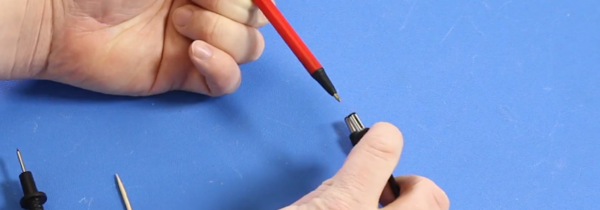
If it fits, you must equip.
Here’s a tip I learned from Donald Bell’s Maker Update. It’s from an old DigiKey “Teaching Moment.” Many barrel jacks have a consistent 5.5mm outside diameter. But the inside diameter can vary, usually either between 2.1mm or 2.5mm. If you don’t have your digital calipers handy, you can determine this inside diameter with common objects: a toothpick, a ball point pen, or a test probe. The brass housing on a ball point pen is usually 2.2mm. If it doesn’t fit inside the barrel of your jack, then the jack is 2.1mm. If the pen easily fits inside, the jack is 2.5mm. A standard toothpick is 2.1mm. If it fits snugly in the jack, it’s a 2.1mm jack. Also, a common multimeter probe needle with fit closely inside of a 2.1mm jack and be very sloppy inside of a 2.5mm jack.
Yet Another Method for Removing a Stripped Screw
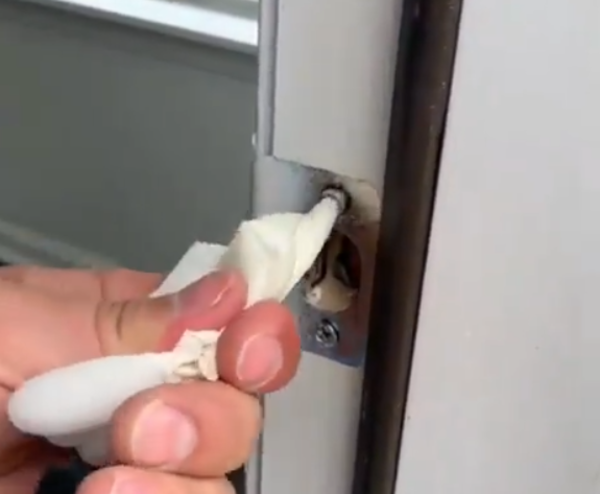
Wrap that rascal.
There are at least a dozen ways of removing stripped screws. Many of them involve getting rubber material (say, from a rubber band) between the screw and the bit. From the Instagram page for Tradecktory comes this idea on using a disposable rubber glove wrapped around the bit to do the trick.
Creating a Level from a Carpenter’s Square
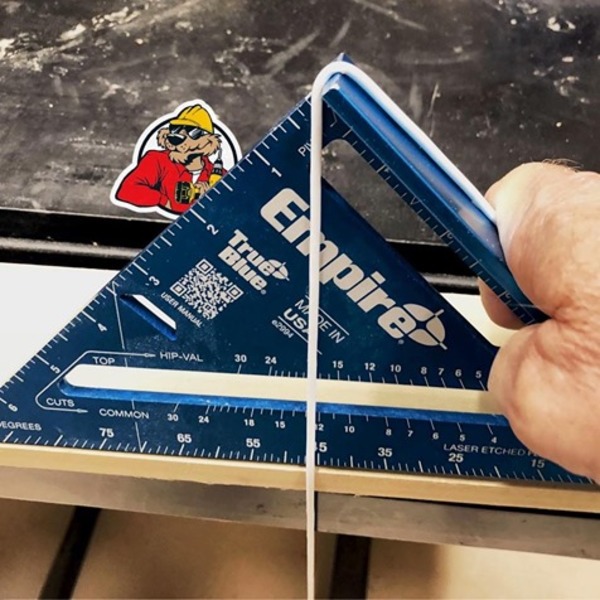
Getting on the level in a pinch.
Here’s an oldie but goodie from the Acme Tools Instagram feed: If you don’t have a level handy, wrap a chalk line over the top of a carpenter’s square at the 90 degree angle. When the string lines up with the 45 degree mark on the square, your surface is level. I recently bought the classic Swanson Tools Speed Square and couldn’t love it any more. A great tool for under ten bones. It even comes with the iconic (and very handy) Speed Square Blue Book [PDF].
Using a Shop Weight as a Temporary Stop Block
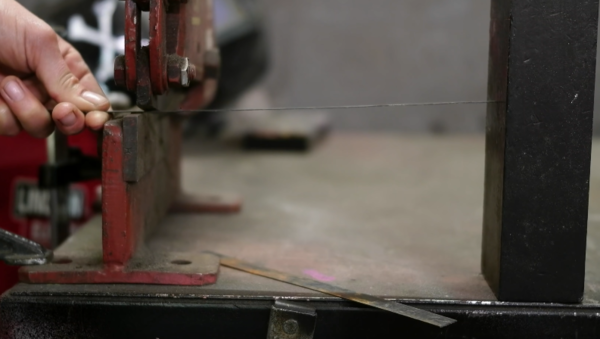
Weights and measures.
In this recent Laura Kampf video, where she builds a sweet little geodesic dome greenhouse out of trash, she employs a tip every maker should store in their mental toolbox. She uses a shop weight as a quick stop block for repetitive cutting of material to the same length. What she is cutting is ingenious, too. She used metal strapping bands as the struts for her wee dome.
Making a Quick Plastic/Laminate Cutter
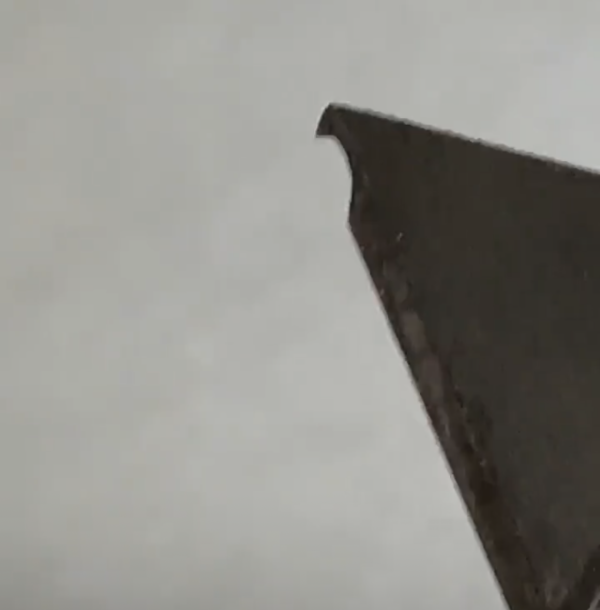
Making the knife you need.
In a recent Jimmy DiResta Instagram story, he shared a useful tip. He was cutting a bunch of Formica and didn’t have a plastic/laminate cutter handy. So, he simply cut a hook in a utility knife to achieve the same basic effect.
Using the Pomodoro Technique to Fight Distraction
My long-time pal (and Cool Tools and Boing Boing colleague) Mark Frauenfelder has just launched a new newsletter, called The Magnet. There is a free version and a paid subscription version. More info here.
In his first issue, he talks about the Pomodoro productivity technique. This is a method for trying to focus on the work at hand in our extraordinarily distracted modern world. The basic idea is to set a timer for a set interval of time (say, 25 minutes), come up for air for a set interval (say 10 minutes), set the timer again, rinse, repeat. When under the timer, you do nothing but the work at hand. No checking your phone, email, FaceFart, etc.
I had no idea it had a name, but I’ve used the timer technique for years. Sometimes, it’s the only way I can get anything productive done. I set my timer for 56 minute sessions (don’t ask).
If you have similar distraction issues, consider giving this method a try.
Sketchplanations has a good, short guide to the Pomodoro Technique..
Shop Talk
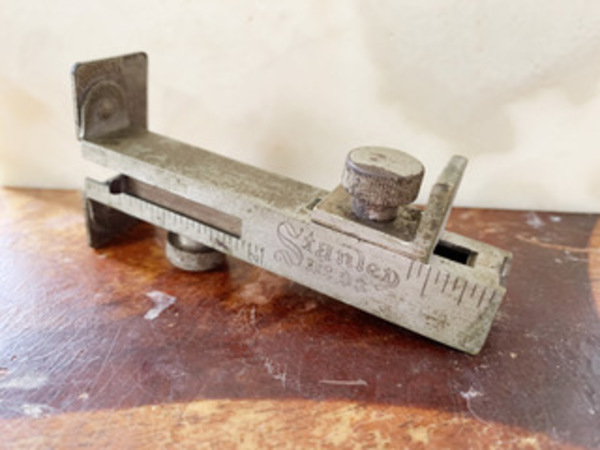
The Stanley Butt Gauge No. 93
Reader Chris Johnson sent this response to last week’s piece on cool specialty tools and the antique Stanley ruler with calipers: “I’m a fan of old tools, too, having inherited a bunch from various relatives past. Here’s one from my Uncle Soren, a Norwegian carpenter who worked in Brooklyn in the 20s through 60s. It’s the Stanley Butt Gauge No. 93 (used for installing doors). I’ve hung doors, but have never thought to use it. It generally sits on my desk as a reminder to occasionally get my hands off the keyboard and onto a physical project of some sort.”
***
In response to last issue’s piece on using wine bottles to irrigate plants when you’re away, I got a bunch of responses. Here’s one:
John Seiffer: “My wife tried the wine bottle plant watering and said the dirt just clogs it up. She’s a big fan of using wine bottles stuck in these. Apparently the terra cotta works the magic.”
There are also plastic ones that have valves with an adjustable drip rate.
08/20/20(Gareth’s Tips, Tools, and Shop Tales is published by Cool Tools Lab. To receive the newsletter a week early, sign up here. — editors)









